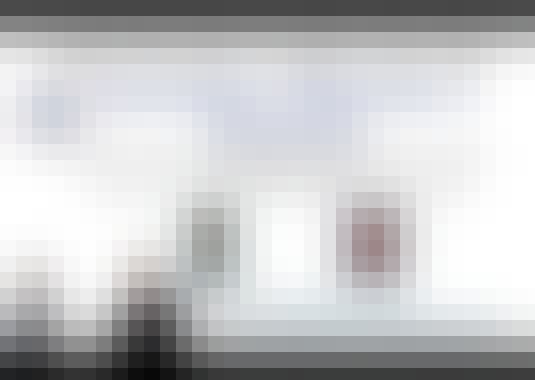Quantitative Methods in Chemistry
Created By
Prof. Aasheesh , Prof. Bharathwaj Sathyamoorthy via Swayam
- 1
- 8 weeks long
- Swayam
- English

Course Overview
This course aims to train students towards appropriate scientific reporting of the experimental data and testing hypothesis using statistical analyses. It emphasizes on reproducibility of experiments and the sources of “errors” during repetitions of experiments, how to quantify and minimize wherever feasible. In the later part, it introduces the wide variety of separation techniques (for instance solvent extraction and chromatography etc.) employed for chemicals,polymers and biomolecules. Basic introduction of instrumentation involved in these techniques will also be discussed
INTENDED AUDIENCE : 3rd year B.Sc./3rd year BS-MSPREREQUISITES : Basic Chemistry courses, basic mathematics from school 10+2 standardINDUSTRY SUPPORT : Not approached yet, in the process.
INTENDED AUDIENCE : 3rd year B.Sc./3rd year BS-MSPREREQUISITES : Basic Chemistry courses, basic mathematics from school 10+2 standardINDUSTRY SUPPORT : Not approached yet, in the process.
Course Circullum
COURSE LAYOUT
Week 1 : Chemical stoichiometry, parameters to define concentration of chemicals (normality, molarity, molality, mole-fractions, parts-per million), analytical concentration and equilibrium concentrations, p-value of concentrationWeek 2 : Measurements and its statistical analyses (definition of mean, median, mode,variance, standard deviation, standard error, accuracy, precision), need for performing replicates/repeats, reproducibility. Classification and sources of errors,error propagation, scientific reporting data (significant figures), error curves
Week 3 : Hypothesis validation (null hypothesis, confidence levels, confidence intervals,one-tail test, two-tail test, use of statistical tables such as z-table, t-table, F-table,identifying outliers in data with Q-test)
Week 4 : Sampling, fitting and analysis of data (linear regression, single factor analysis of variance, least-significant difference)
Week 5 : Software-based data analysis (linear and non-linear regression)
Week 6 : Examples of data fitting and analysis (application to rate kinetics, gradient mixing,biomolecular folding)
Week 7 : Analytical separations (solvent extraction, chemical precipitation, various types of chromatography – size exclusion, ion exchange, affinity, gas, high pressure liquid chromatography, field-flow fractionation), Detectors in chromatography
Week 8 : Theoretical basis of chromatography (concept of plates, theoretical plate height,plate count, resolution, retention time, retention factor, selectivity factor),Differences between rate theory and plate theory
Item Reviews - 3
Submit Reviews
This Course Include:
COURSE LAYOUT
Week 1 : Chemical stoichiometry, parameters to define concentration of chemicals (normality, molarity, molality, mole-fractions, parts-per million), analytical concentration and equilibrium concentrations, p-value of concentrationWeek 2 : Measurements and its statistical analyses (definition of mean, median, mode,variance, standard deviation, standard error, accuracy, precision), need for performing replicates/repeats, reproducibility. Classification and sources of errors,error propagation, scientific reporting data (significant figures), error curves
Week 3 : Hypothesis validation (null hypothesis, confidence levels, confidence intervals,one-tail test, two-tail test, use of statistical tables such as z-table, t-table, F-table,identifying outliers in data with Q-test)
Week 4 : Sampling, fitting and analysis of data (linear regression, single factor analysis of variance, least-significant difference)
Week 5 : Software-based data analysis (linear and non-linear regression)
Week 6 : Examples of data fitting and analysis (application to rate kinetics, gradient mixing,biomolecular folding)
Week 7 : Analytical separations (solvent extraction, chemical precipitation, various types of chromatography – size exclusion, ion exchange, affinity, gas, high pressure liquid chromatography, field-flow fractionation), Detectors in chromatography
Week 8 : Theoretical basis of chromatography (concept of plates, theoretical plate height,plate count, resolution, retention time, retention factor, selectivity factor),Differences between rate theory and plate theory
- Provider:Swayam
- Certificate:Paid Certificate Available
- Language:English
- Duration:8 weeks long
- Language CC: